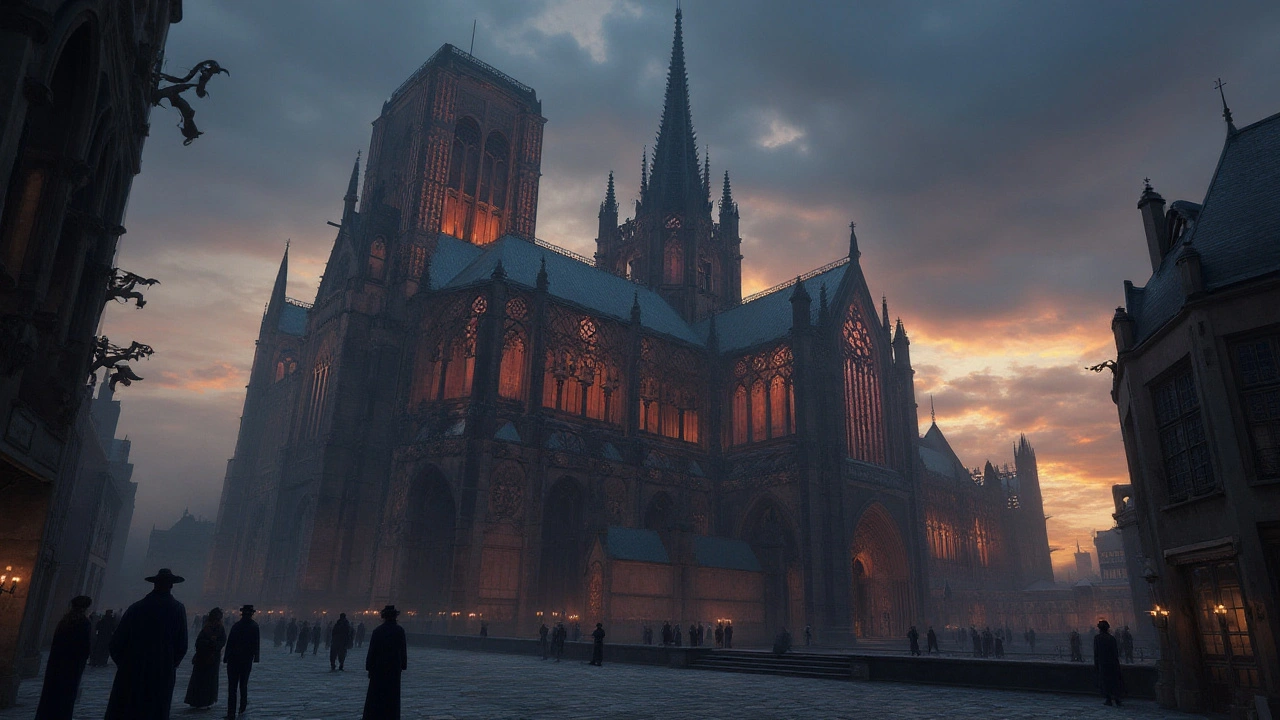Dark Fantasy Art: Create Mood, Story, Impact
Dark fantasy grabs attention because it blends beauty with danger. Want viewers to feel curiosity and a shiver at once? Start with mood: limited light, high contrast, and textures that suggest age or decay. Use a tight palette—deep blues, blood reds, muted browns, and off-black—to keep scenes cohesive. Don’t overload with detail; choose one focal mystery with subtle clues.
Composition matters. Place your subject off-center, and use foreground elements like twisted branches or broken architecture to frame the scene. Diagonals add motion; verticals add menace. Negative space can amplify loneliness or scale—leave areas empty to make a figure feel small.
Techniques & Tools
For painting and digital work, focus on layered values. Block in large shapes first, then push contrasts and small highlights last. Textures sell the age of objects: add paint scraping, noise brushes, or photographed rust and paper overlays. For photorealism, choose tight references; a single accurate eye or hair strand can sell it.
Lighting is your mood maker. Rim light separates figures from shadow. Low, warm fill can make scenes feel intimate; cold backlight adds dread. Experiment with a single directional source and a faint ambient fill to keep mystery intact. Hard shadows read as dramatic; soft shadows feel more melancholic.
Characters tell the story. Give them scars, worn clothing, or strange accessories that hint at past events. Avoid explaining everything—let the viewer infer. Facial expressions should be subtle: a tightened jaw or distant gaze often reads stronger than shouting. For creatures, mix familiar anatomy with odd details to keep them believable but unsettling.
Use references beyond art. Old maps, folklore, museum photos, and movies can give fresh ideas. Study Gothic architecture for ornament and scale, Baroque for dramatic poses, and photorealism for skin and light. Pull one practical trick from each source and test it in a small study before adding it to a big piece.
Presentation matters for sales or shows. Print on matte paper to keep mood; glossy finishes can soften darkness. For galleries, use simple frames and low warm lighting. Online, craft a thumbnail with clear silhouette and one intriguing element so viewers click now.
Want quick prompts? Try: 'a lone knight under a shattered cathedral, moonlight slicing through stained glass,' or 'a child holding a glowing moth in a ruined ballroom.' Keep prompts specific but leave room for mystery.
Where to Study
Look at old book illustrations, horror cinema concept art, and natural history plates. Follow contemporary artists who share breakdowns of their process. Recreate a favorite scene in a small study to learn choices without pressure.
Try one focused study this week: pick a single mood, one light source, and three props. Share the result and note what changed. That practice teaches more than reading a list.
Also study color grading: use subtle green or purple tints in shadows and warm skin highlights to guide the eye. Limit saturation in background layers to push focus forward. Keep notes on what works. Repeat weekly often.

